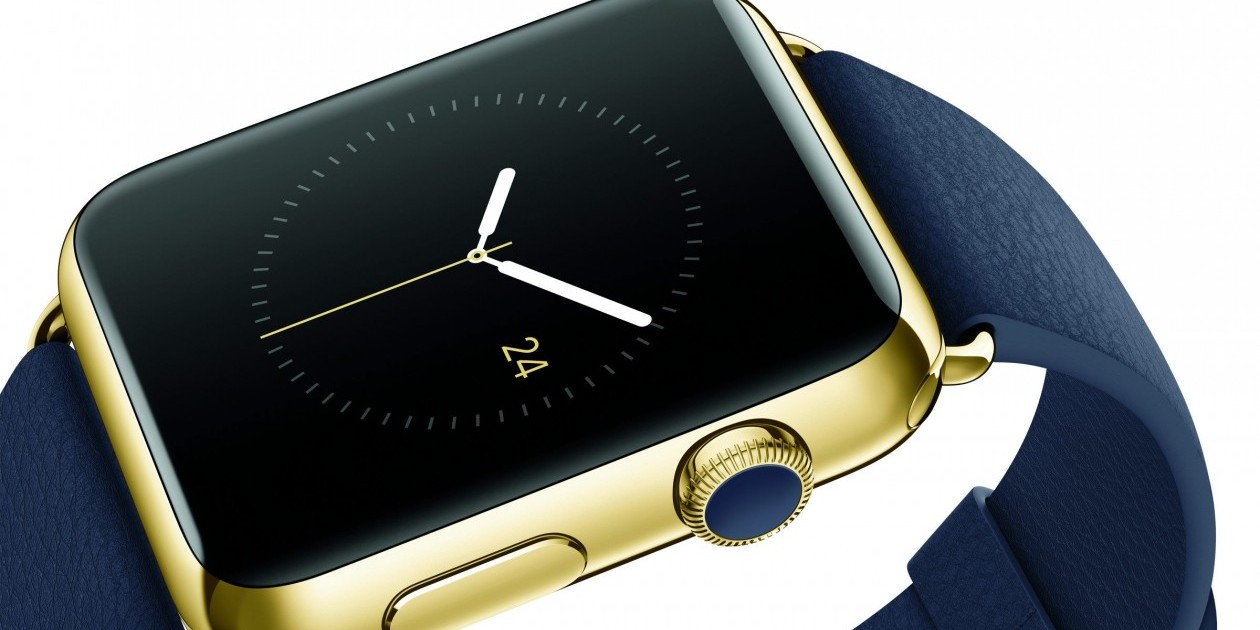After a titillating wave of marketing foreplay, I pre-ordered an Apple Watch on April 10 and learned a new meaning for the word “available.”
No doubt by now you’ve seen the staccato drumbeat TV spot or Apple website: “The Apple Watch. Available April 24.” Just what does available mean? If I text my daughter and ask if she’s available for a call, and she responds “KK,” that means I can reach her — and talk. In Subaru’s descriptions of its estimable EyeSight driver assist safety system, it states “available” on certain models and trim levels. It means you can have it if you want. Numerous other new product campaigns trumpet something new arriving in stores by proudly stating “Available now!”
Apple, however, the company that once stated “Think Different,” successfully introducing a grammatical error to millions, now has again altered Shakespeare’s English with a twisted neologism for a common expression — available.
The online ordering began at 12:01 PST April 10 and the watches were sold out in under 10 minutes. That window of course meant interrupting sleep in Toronto to order by 3 a.m. The alleged idea behind only permitting online ordering was eliminating camp outs, sleepovers and long lines in front of Apple stores. No more dirty fanboys having an overnight party at Toronto’s Yorkdale or Eaton Centre. Yours truly, an Apple fan from day one, ordered at 6 a.m., erroneously believing that “available April 24” meant it would be delivered to my door on that date — as was the case with the first iPad.
Times have changed. My early morning pre-ordering produced a message stating delivery would take place in June. I had to ask: is that “available April 24?” Or is this something truly new and Apple-innovative in vocabulary.
Maybe a more accurate — and honest — description would have been: “Purchase between 3 and 3:10 a.m. EST for possible April 24 delivery; anytime after that, count on delays between 4-6 weeks, depending on how expensive a product you buy.’ Or should Apple have said, “Available on April 24 to pet, ponder and gawk at in Apple stores; must be ordered online with delivery time sometime this summer, unless of course ordered in a 10-minute, pre-dawn window on April 10.’ That would have been truth in advertising, for sure.
By the way, the nearly $1,000 mid-range watches would be delivered in 4-6 weeks. If you ordered one of the more exotic Sport watch colours, the delivery time would be less, but the most popular grey with black band watch, which garnered 66% of sales, had extended wait times, according to verge.com. The online site further stated that Apple did not predict this would be the most popular product. Did the company really believe tech geeks and early adopters — largely younger males one might speculate — would arise in the middle of the night to purchase a pink, lime green, or white watch as the latest fashion accessory?
In addition, given Apple’s vaunted expertise in supply chain management, and its experience with overwhelming demand for new technologies, could it really be in the dark about potential demand? Or is there another way to look at it?
Could all this have been deliberate? What kind of company introduces a product at 3 a.m? Well, it was daytime in China so maybe it was a tilt toward Asia? Not likely. And who else but greedy rock concert promoters take payments for an event so far in the future? Or was this a deliberate way to assure a sellout, with a minimal supply only sold to the most hard-core middle-of-the night enthusiasts who would talk it up to their jealous friends and increasing demand. Whatever the motivation, it’s clearly a misguided product launch, taking advantage of Apple enthusiasts’ gullibility (mine included) with bad feelings all around.
Richard Rotman, Humber College media studies professor, had the very first Mac the first day it was available.











